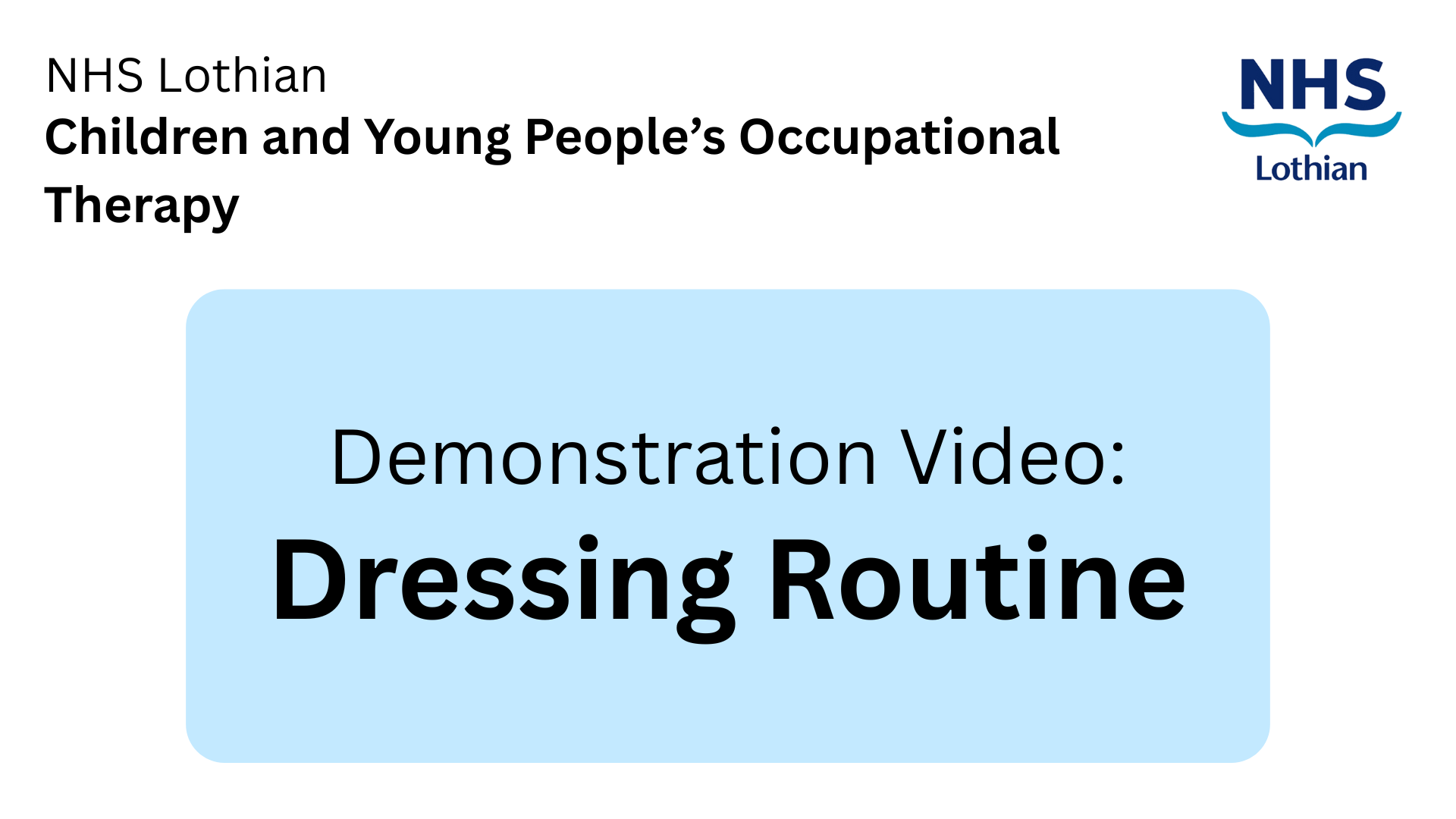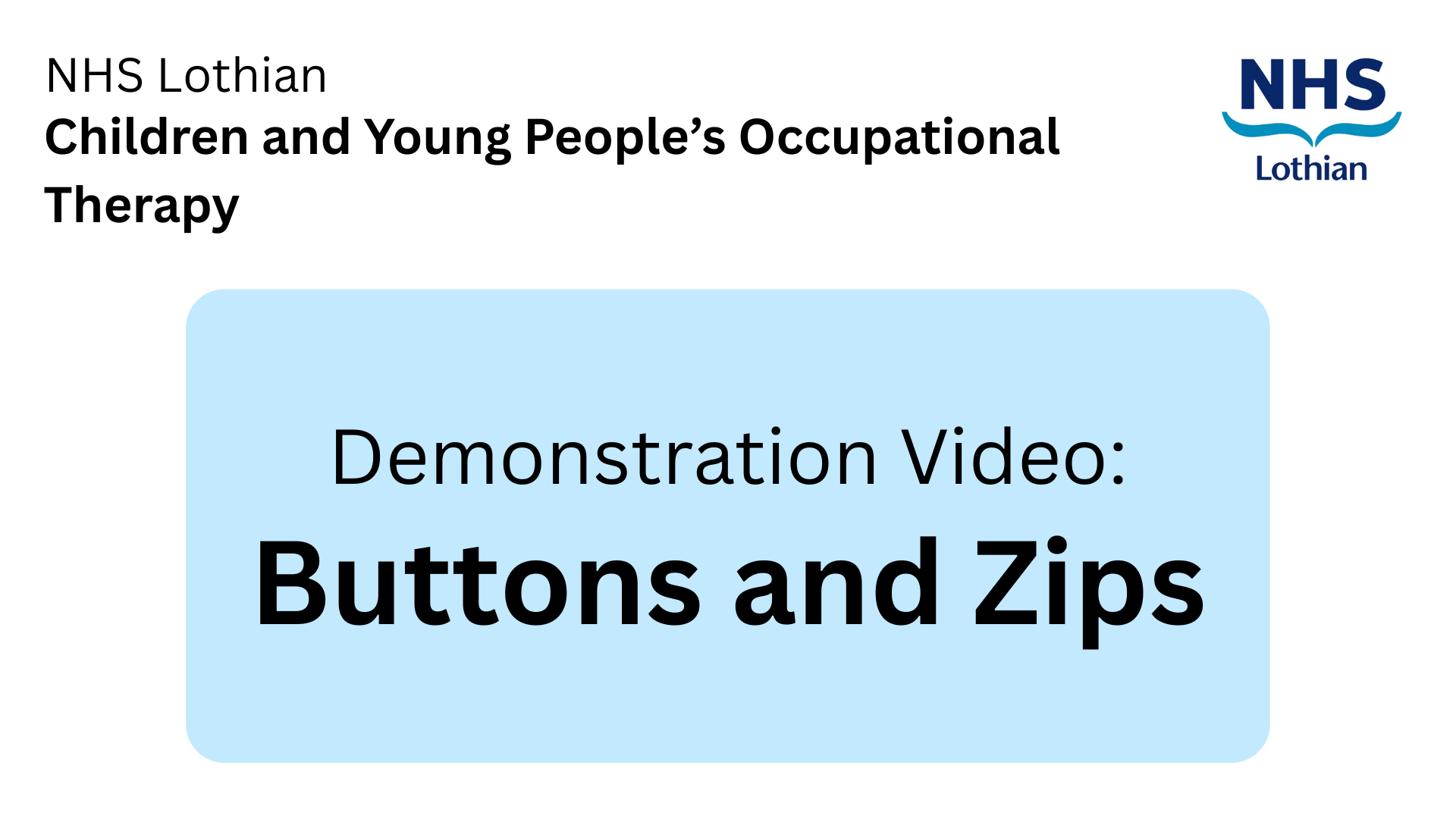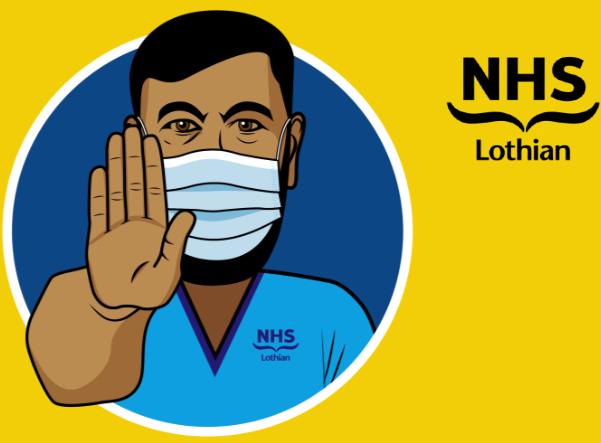Below you can find strategies and advice to support participation in everyday activities. These can be used across all settings; home, nursery, school and the community.
Strategy Snapshots:
- Have a consistent routine for bathing including, time of day, what you use to wash your child and the order that you wash your child.
- Encourage your child to become independent with one aspect of washing first. For example you put the soap on the wash cloth then give it to your child to wash their body.
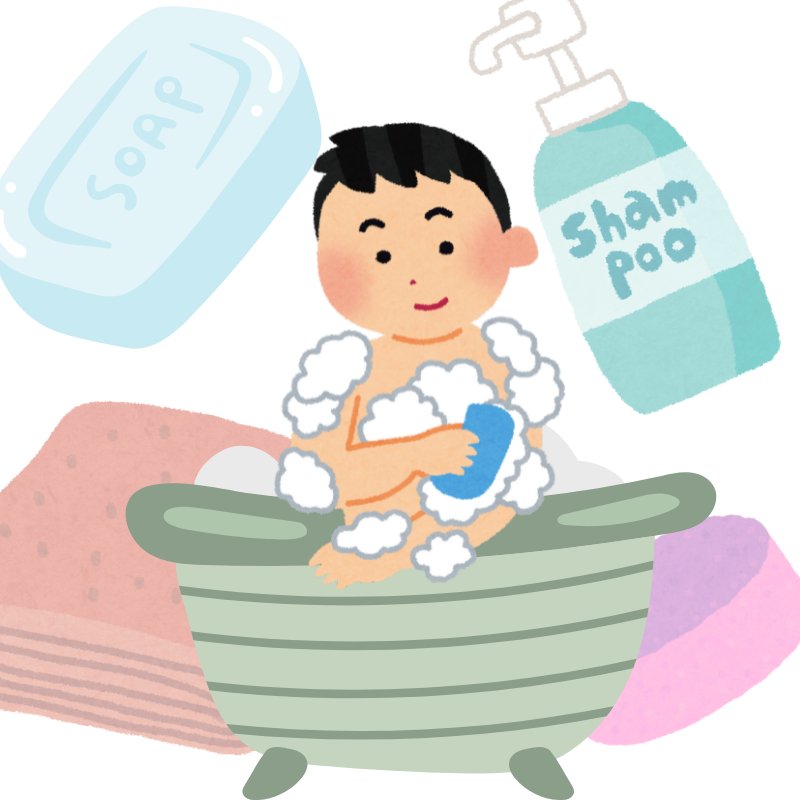
- Once your child has mastered one step, introduce another aspect of the routine.
- Give your child lots of praise/reward (e.g sticker chart) for their successes and attempts at being independent
Strategy Snapshots:
- Practice undressing first, getting undressed is easier than dressing.
- Sit with your child during dressing activities to guide them through the task.
- Follow a consistent sequence and technique when dressing (place clothes in a pile of what order to put on first/or use visual strip).

- Practice with loose fitting clothes as these are easier to get on.
- Label clothes clearly to identify front and back of garments.
- Break down each step of the task and teach your child in reverse order (backward chaining).
- Practice makes perfect.
Resources:
Strategy Snapshots:
- Where possible, avoid light touch. Always touch your child gently but firmly.
- A mirror can be useful as your child can see what is happening.
- Massage your child’s scalp before combing, brushing, or cutting their hair.
- Try using a thick or wide handled brush as this will be easier to grip.
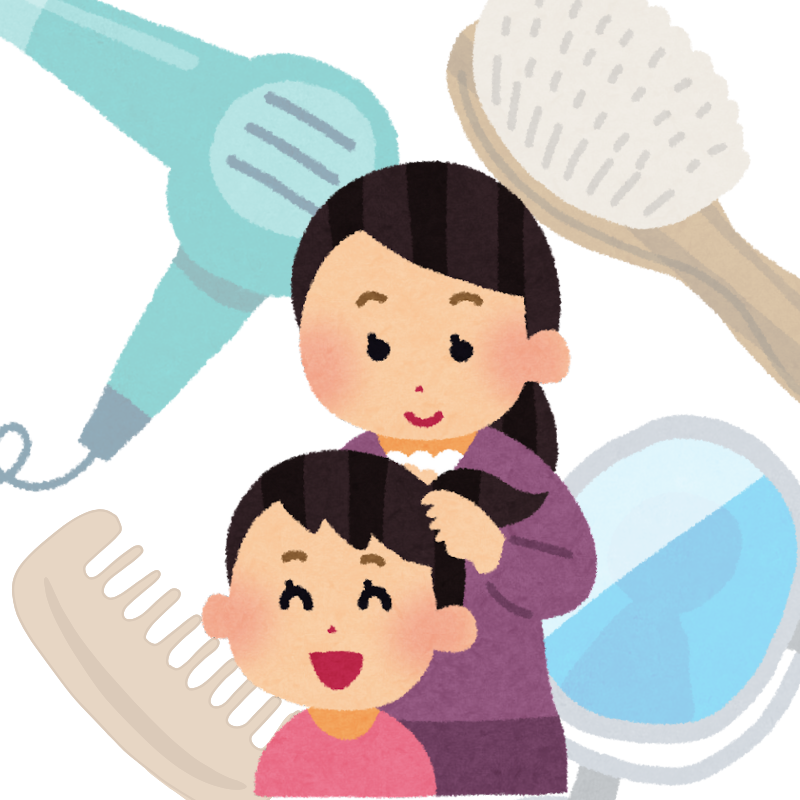
- Consider a wide toothed comb as this will cut down resistance on hair.
- Ask your child to try leaning their elbows against a surface when attempting to brush their hair as this will provide them with greater stability.
Strategy Snapshots:
Toilet training is a complex task; when working on toileting skills, break the task down and focus on one step at a time such as sitting on the toilet, managing clothing, wiping or handwashing.
Change the child’s nappy in the bathroom to support their awareness of the bathroom environment. When able, standing to change/freshen up pants, pull ups or pads is a more appropriate alternative to lying on a changing mat, it is a more dignified and respectful experience for a child. The standing change can occur beside the toilet making the transition from changing to using the toilet more natural and helps to develop understanding of the purpose of a bathroom/ toilet.
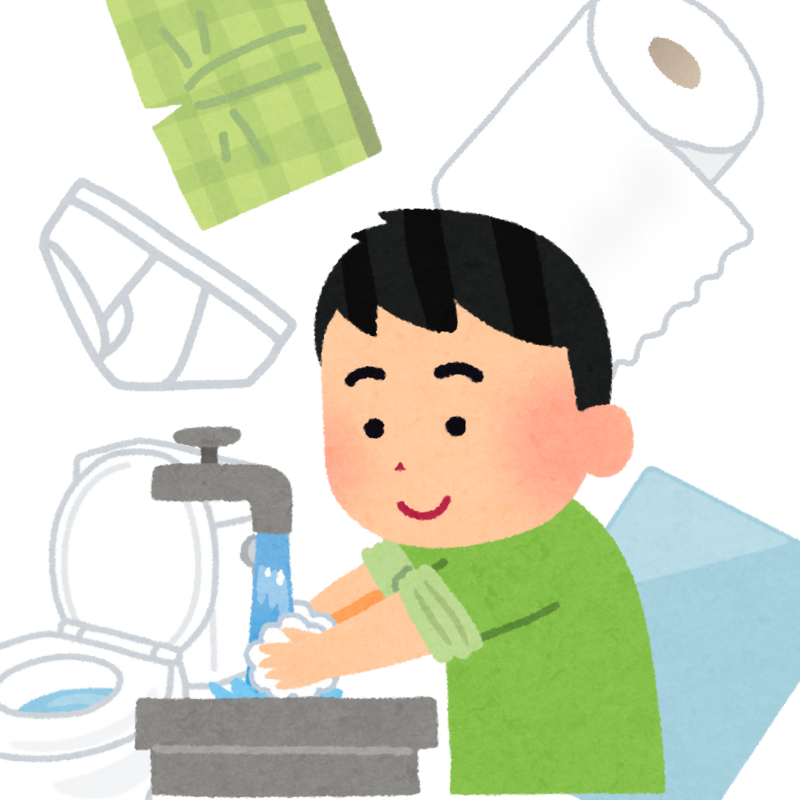
- Modelling and demonstrating the task can be beneficial to prepare. Visuals may also be helpful.
- Create a positive experience.
- Consider a step for feet and a toilet insert to make the set up as safe for your child.
- Consider sensory elements such as lighting, noises and smells.
- Use lots of praise and encouragement
- Be consistent, stick to a routine.
Resources:
Strategy Snapshots:
- Create a regular mealtime routine. Try and sit with your child and model using cutlery and trying new foods.
- Explore new foods outside of mealtimes to reduce pressure of trying new foods. Try to involve foods in play activities or get your child to help with meal preparation.
- Reduce distractions and try and avoid the use of screens at the table.

- Give your child lots of verbal praise at their attempts to explore new foods.
- If your child has difficulty holding cutlery try using thicker handled cutlery.
Resources:
Strategy Snapshots:
- As soon as your child stops putting things in their mouth give them little pieces of chalk or crayon and big sheets of paper to scribble on.
- Use a variety of different mark makers (e.g. thick felt pens, chunky crayons, chunky chalk) so that they can start to learn how to hold a pencil.
- Give your child plenty of opportunities to try using a pencil/crayon.
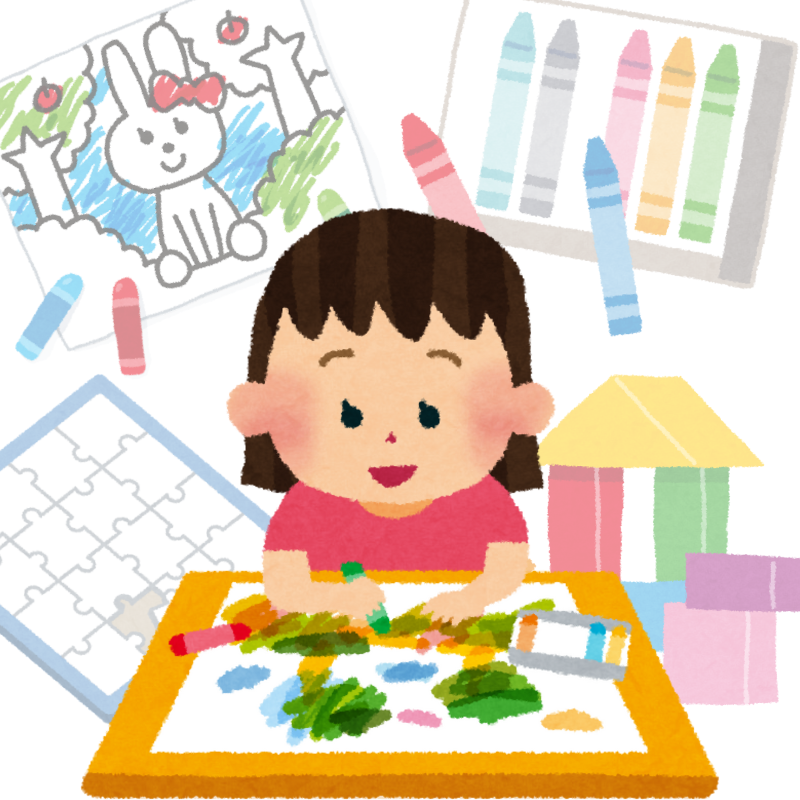
- Encourage your child to draw and trace basic shapes with their index finger in a variety of different materials e.g. sand, lentils, finger paints, shaving foam.
- Threading, peg board, picking items up with tweezers/tongs, inset puzzles, and construction blocks are useful activities for developing pre-writing skills.
Strategy Snapshots:
- Provide a wide variety of opportunities for handwriting, keep it fun and interesting.
- Posture and position: Ensure this is appropriate with your child’s feet planted on the floor or a foot block.
- To encourage the development of a functional grasp demonstrate and reposition your child’s finger on the pencil, use visual clues for finger position and trial different shaped pencils (e.g. triangular pencils).
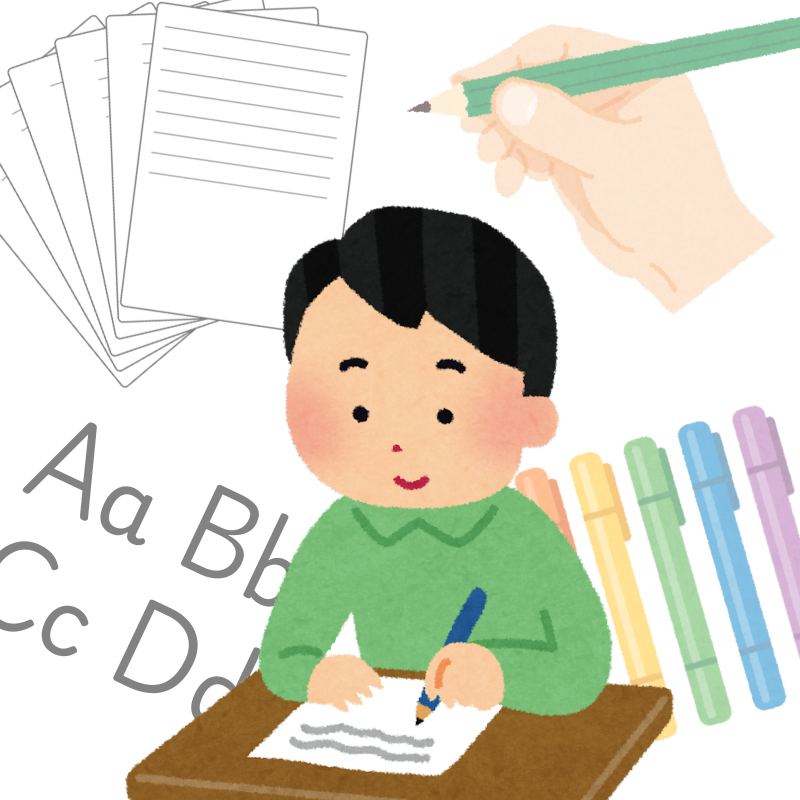
- Try lots of different handwriting activities such as pencil control mazes, pencil trails, dot to dots, overwriting, copying, and tracing.
- Use visual clues to help with size, spacing and position of letters (e.g. Lined paper, ice lolly sticks, stickers).
- Practice – research shows that regular practice helps improve handwriting.
Strategy Snapshots:
Playing forms the building blocks for all areas of a child’s development, physical, emotional and social.
It promotes self confidence, communication and imagination.
Play is an instinctive and natural behaviour for children and can be found in many forms

- Provide time, experiences and activities to support your child’s play. As they develop and learn, play becomes more meaningful some children may need adult support and guidance to help them to make their play more purposeful.
- It may be helpful to limit the choice of toys/activities to two as too many toys can often be overwhelming.
- Limit external distractions as much as possible e.g. turn off TV, limit noise and remove any toys/activities not being used.
- Encourage participation with activities even if only for short periods, make it fun and use praise and encouragement.
Strategy Snapshots:
Riding a bike
- Remove the pedal and lower the height of the seat so your child’s feet are touching the ground. This will make it into a balance bike.
- Encourage your child to use their feet to push along. They can begin using alternative feet and when confident, lifting both feet together to propel forward. This will help them to practice balance and using the breaks.

- Begin practicing on a flat surface and as their confidence grows move onto small downward slopes.
- When your child is ready, add pedals and introduce slow pedalling.
- Remember to practice regularly and make it fun and enjoyable.
Strategy Snapshots:
- Our lives are full of sensory experiences; these could be through touch, sight, movement, hearing or smell. Most people are able to manage their exposure to sensory input and their own responses appropriately.
- We all interpret and use sensory information differently, these are our sensory preferences, for example seeking out a cuddle or a pleasant smell or retreating from loud noises or cold touch.
- Children are all different and have their own preferences, therefore trying to find strategies that work for your child can take some trial and error. It is important to try strategies consistently and regularly to see the effect.
- See our sensory booklet and other resources below for more information and advice to support sensory preferences.
Strategy Snapshots:
Activities for fine motor play will help children develop the skills to support their independence.
Provide a variety of opportunities for your child to develop their fine motor skills.
Bi-lateral activities encourage using both hands together, such as lacing and threading activities, throwing/catching a ball.

- Play hand clapping and finger games.
- Jigsaws and wooden inset puzzle with peg to hold, to encourage pincer grasp.
- Construction – Building blocks encourage use of both hands and swapping from one hand to the other, pushing together/pulling apart large blocks such as Duplo.
- Cause and effect toys e.g. pop up toys, spinning toys, shape sorters.
- Play dough, plasticine and cutters, and encourage rolling, pulling, squeezing and pinching.
- Simple snack preparation.
Strategy Snapshots:
Having set routines and plans can be really good for children and young people, it helps them to organise their lives and remember and prepare themselves. There are many tips and tricks to help develop organisational skills; these can found in more detail at:

Some examples include:
- Forward planning
- Make a list of what needs done
- Visual aids to help with sequencing
- Timetables, these could be in many different formats e.g. written, visual, electronic
- Simplifying tasks and activities
- Break down an activity into steps, complete each step before moving on to the next one
- Allow plenty of time
- Organise belongings so they are easy to find
Children with juvenile arthritis or hypermobile joints often face pain, fatigue, and mobility challenges in daily life and at school. This pack offers practical strategies to support comfort and independence, tailored to everyday activities at home and in the classroom.
Click the image to access the advice pack

We hope that the information on these pages are able to help you in some ways, but understand you may need more advice.
If you have tried some of these strategies and also contacted us on our helpline, and would now like our team’s input, you can submit a request for assistance from the team.

